Bone remodeling
This schematic shows the original bone superimposed on the bone it is to become. In this way, the various processes occurring during bone growth can be analyzed. Notice that the epiphyseal plate has continued to move farther away from the location of the primary center of ossification, near line A.

Diaphysis >
In this example, the yellow diaphysis increases in diameter by deposition of bone (in red) around its periphery (1).
The marrow space of the yellow bone also increases in diameter (2) by resorption of bone around the inner circumference of the diaphysis. Thus, growth and resorption are tightly coupled to maintain an appropriate thickness of the diaphysis.

Metaphysis >
Conversely, in the region of the metaphysis, yellow bone must be resorbed, rather than deposited, around the periphery (3). At the same time, bone located in the original metaphysis (surrounding the yellow dot at B, for example) must be converted from spongy to compact bone to form the diaphysis of the new, larger red bone.

Next image
The next image shows how the former, yellow, spongy bone, located in the area labeled “B,” becomes converted to compact bone (red) of the new diaphysis.